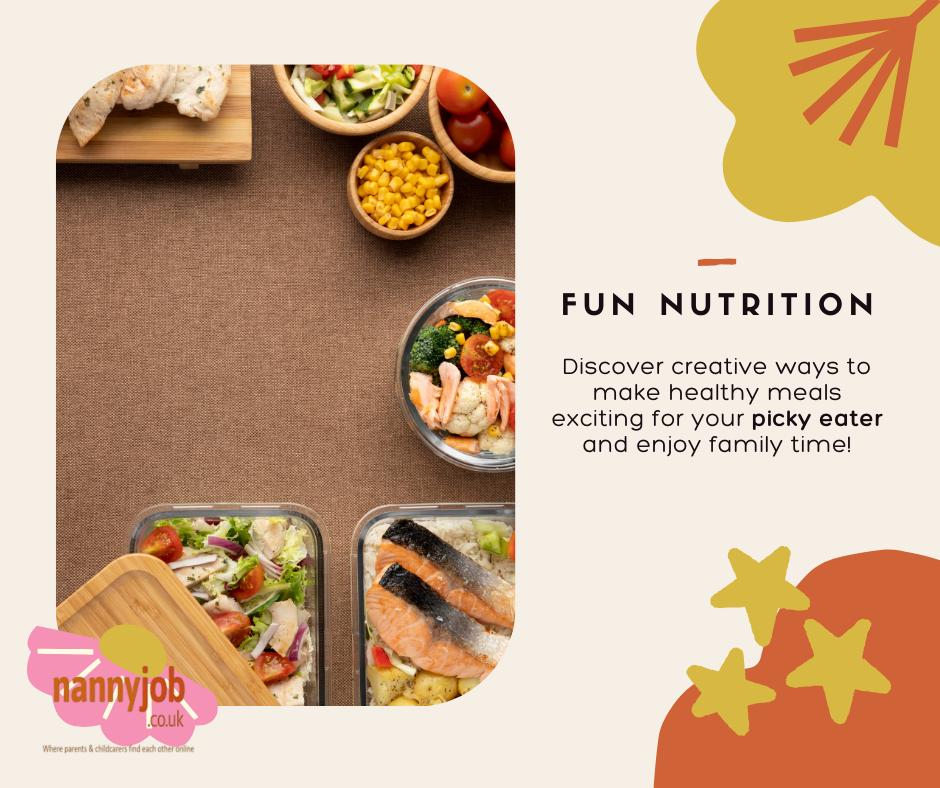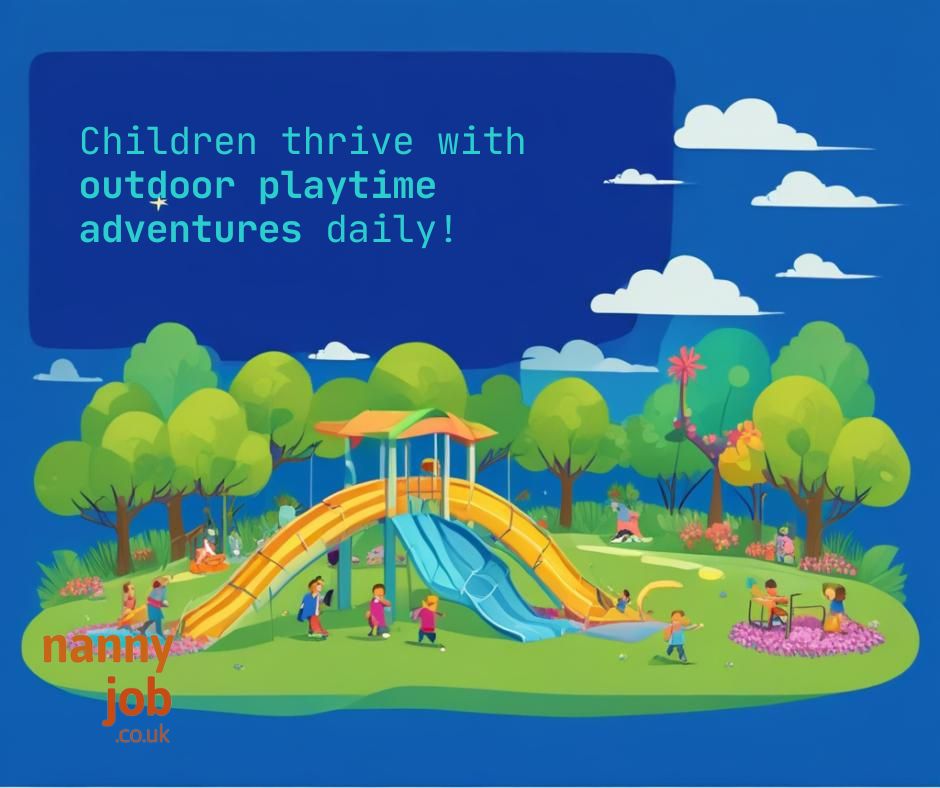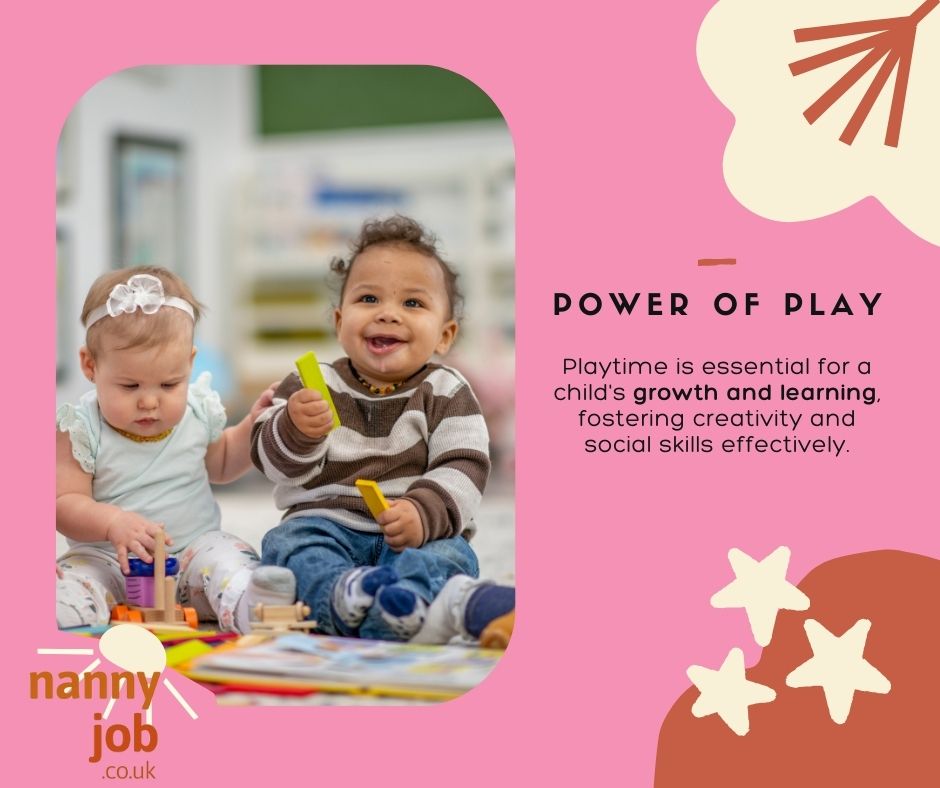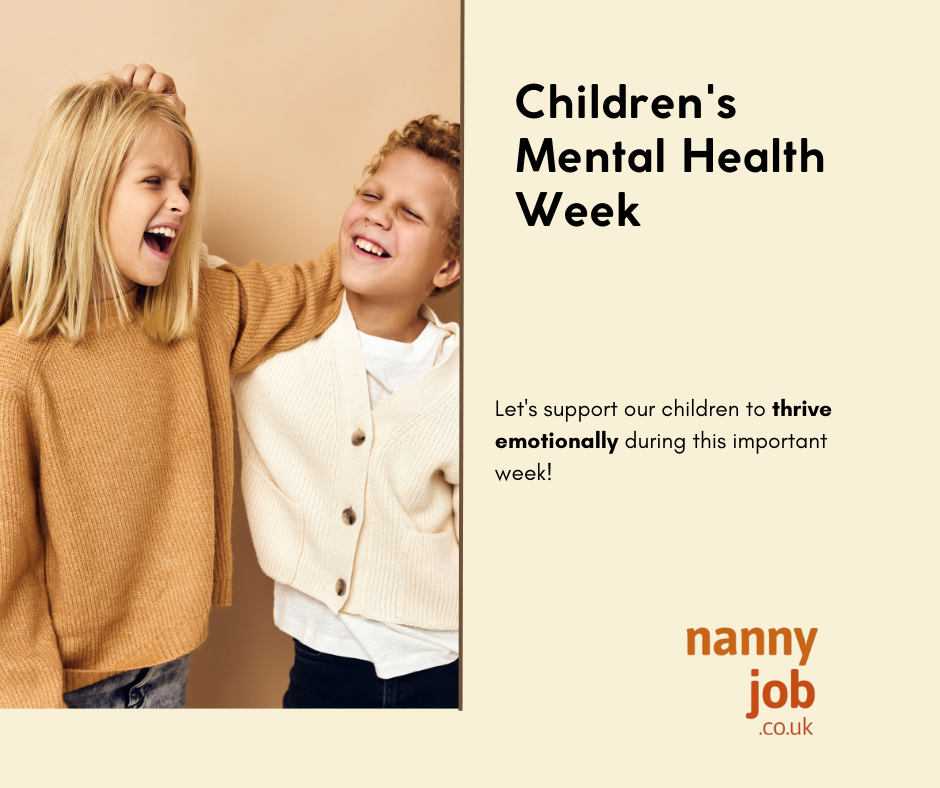Introduction
Every page turned, every story shared, and every character discovered helps shape a child’s understanding of the world. International Children’s Book Day (celebrated each year on 2nd April, Hans Christian Andersen’s birthday) is a beautiful reminder of the power of books and the importance of nurturing a lifelong love of reading.
For parents, nannies, and caregivers, reading to children from an early age isn’t just about words—it’s about connection, imagination, and laying the foundation for future learning. Let’s explore how books benefit children and how we can inspire even the youngest readers.
 Why Reading with Children Matters
Why Reading with Children Matters
 1. Supports Early Brain Development
1. Supports Early Brain Development
Reading aloud helps build language, literacy, and cognitive skills. It stimulates the brain and supports vocabulary development long before a child can read themselves.
 2. Strengthens Emotional Bonds
2. Strengthens Emotional Bonds
Snuggling up with a book offers a moment of calm and connection. It’s one-on-one time that helps children feel secure, loved, and heard.
 3. Boosts Communication Skills
3. Boosts Communication Skills
Books introduce children to new words, ideas, and expressions, encouraging them to ask questions, express themselves, and develop their own storytelling abilities.
 4. Encourages Empathy and Understanding
4. Encourages Empathy and Understanding
Through characters and stories, children learn to see the world through different perspectives, building emotional intelligence and empathy.
 5. Builds a Strong Foundation for Learning
5. Builds a Strong Foundation for Learning
Children who are regularly read to are more likely to succeed academically. A love for books naturally leads to a love of learning.
 How to Encourage a Love of Reading
How to Encourage a Love of Reading

Read at bedtime, after lunch, or during quiet time. Even just 10 minutes a day makes a difference!

Set up a cosy corner with a blanket and a few books. A special reading spot can make storytime feel extra inviting.

Babies enjoy the sound of your voice. Board books with textures, colours, and simple images are perfect for tiny hands and curious minds.

Use different voices for characters, encourage children to guess what happens next, or act out scenes with soft toys and props.

Let children choose their own books. Having ownership over their reading choices builds excitement and pride.

Include books that reflect diverse cultures, abilities, and families to help children feel represented—and open their eyes to the wider world.
 Favourite Book Ideas by Age Group
Favourite Book Ideas by Age Group
- Babies & Toddlers: Dear Zoo, Guess How Much I Love You, Where’s Spot?
- Preschoolers: The Gruffalo, Room on the Broom, We’re Going on a Bear Hunt
- Early Readers: Charlie and the Chocolate Factory, Flat Stanley, Isadora Moon
- Older Children: Matilda, The Secret Garden, How to Train Your Dragon
 Final Thoughts
Final Thoughts
Whether it’s a fairy tale before bed or a funny picture book on a rainy day, stories help children grow—not just academically, but emotionally, socially, and creatively.
This International Children’s Book Day, let’s celebrate the joy of storytelling, and remind ourselves that a love of reading starts with one simple story… read together.

 International Children’s Book Day – 2nd April 2025
International Children’s Book Day – 2nd April 2025


 The Effects of Stress on Daily Life
The Effects of Stress on Daily Life How Nannies Can Support Stressed Families
How Nannies Can Support Stressed Families Keep routines consistent – A predictable schedule helps create a sense of safety and stability for children.
Keep routines consistent – A predictable schedule helps create a sense of safety and stability for children. Helping Children Understand and Cope with Stress
Helping Children Understand and Cope with Stress 1. Talk About Feelings
1. Talk About Feelings 2. Teach Calm-Down Techniques
2. Teach Calm-Down Techniques 3. Encourage Movement and Outdoor Play
3. Encourage Movement and Outdoor Play 4. Keep Playtime Open and Unstructured
4. Keep Playtime Open and Unstructured
 Why Gardening is Great for Children
Why Gardening is Great for Children 1. Teaches Patience and Responsibility
1. Teaches Patience and Responsibility 3. Encourages Healthy Eating
3. Encourages Healthy Eating 4. Supports Learning and Curiosity
4. Supports Learning and Curiosity 5. Builds Confidence and Pride
5. Builds Confidence and Pride Ways to Get Children Involved in Gardening
Ways to Get Children Involved in Gardening
 2. Give Them Their Own Tools
2. Give Them Their Own Tools 3. Grow What They’ll Love
3. Grow What They’ll Love


 Fun Family-Friendly Ideas for English Tourism Week
Fun Family-Friendly Ideas for English Tourism Week 1. Explore a National Park or Nature Trail
1. Explore a National Park or Nature Trail 3. Take a Day Trip to a Seaside Town
3. Take a Day Trip to a Seaside Town 4. Visit a Zoo or Wildlife Park
4. Visit a Zoo or Wildlife Park Plan Ahead – Research local attractions and make a list of places you’d like to visit with the children.
Plan Ahead – Research local attractions and make a list of places you’d like to visit with the children. Pack Smart – Bring snacks, water, and weather-appropriate clothing to ensure a comfortable trip.
Pack Smart – Bring snacks, water, and weather-appropriate clothing to ensure a comfortable trip. Capture the Memories – Take photos and create a scrapbook of your adventures.
Capture the Memories – Take photos and create a scrapbook of your adventures. Educational Opportunities – Use each visit as a chance to teach children about history, nature, and culture in a fun and engaging way.
Educational Opportunities – Use each visit as a chance to teach children about history, nature, and culture in a fun and engaging way. Final Thoughts
Final Thoughts Let’s make English Tourism Week 2025 a week of exploration, learning, and fun!
Let’s make English Tourism Week 2025 a week of exploration, learning, and fun!
 Newborns (0-3 months) – 14-17 hours per day
Newborns (0-3 months) – 14-17 hours per day





 Funny Faces – Use fruit, cheese, and wholegrain toast to create silly face sandwiches.
Funny Faces – Use fruit, cheese, and wholegrain toast to create silly face sandwiches. Animal Snacks – Turn bananas into dolphins, grapes into caterpillars, or sandwiches into teddy bears.
Animal Snacks – Turn bananas into dolphins, grapes into caterpillars, or sandwiches into teddy bears.





 White pasta →
White pasta → 

 Make their own mini pizzas with healthy toppings.
Make their own mini pizzas with healthy toppings. Assemble wraps or tacos with lean proteins & colorful veggies.
Assemble wraps or tacos with lean proteins & colorful veggies. Help prepare meals—mixing, chopping (with supervision), and plating up can spark excitement!
Help prepare meals—mixing, chopping (with supervision), and plating up can spark excitement!
 Every time they taste something new, they get a sticker! A small reward at the end of the week can be a fun incentive.
Every time they taste something new, they get a sticker! A small reward at the end of the week can be a fun incentive.


 Kensington Gardens, London
Kensington Gardens, London Manchester – Heaton Park Adventure Playground
Manchester – Heaton Park Adventure Playground Bristol – Blaise Castle Estate Playground
Bristol – Blaise Castle Estate Playground Cardiff – Roath Park Playground & Lake
Cardiff – Roath Park Playground & Lake Encourages Physical Activity
Encourages Physical Activity Supports Mental Well-being
Supports Mental Well-being Dress for the Weather: UK weather can be unpredictable—bring waterproofs, extra layers, and comfy shoes!
Dress for the Weather: UK weather can be unpredictable—bring waterproofs, extra layers, and comfy shoes!
 2. Social and Emotional Growth – Learning to Interact
2. Social and Emotional Growth – Learning to Interact Sensory Play
Sensory Play Limit Screen Time: Encourage hands-on, active play rather than passive entertainment.
Limit Screen Time: Encourage hands-on, active play rather than passive entertainment. Join In! Engaging in play with children strengthens relationships and provides valuable learning experiences.
Join In! Engaging in play with children strengthens relationships and provides valuable learning experiences.

